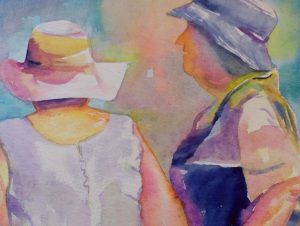
Two Hats Two Friends, Nancy Farrar-Coughlin
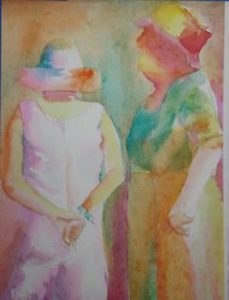
earlier study by Nancy
Watercolors should sparkle with light. Watercolors should appear somewhat effortless. Watercolor should have clear colors that somehow intermingle and and glow, yet somehow your paintings see dull or overworked. How do you put the different techniques together with your ideas to achieve what is in your mind.

study for a painting, Susan Hernday
There is a planning stage and painting stages. Some of these are interchangeable. Some of them are unavoidable. When and why might you do studies? How do you draw on your watercolor paper? What do you paint first? What do you leave till later and why?
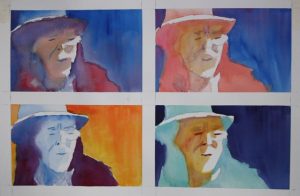
4 color studies by Sally Mitchell
Learn what you need to think about during the different stages of planning and painting as we work on one or two paintings. Many approaches are possible. You are the one who chooses.
![IMG_0595[1]](/wp-content/uploads/2016/07/IMG_05951-300x160.jpg)
Wet Day by Marcia Spees
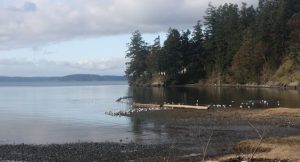
Buck Bay, Olga

Feel free to contact me with any questions, 360-298-2641 or watercolors@rockisland.com
Equipment:

Although I will have photographs and ideas for paintings, if you bring drawings, photos and even “first attempts” of ideas in which you are interested, you will probably gain more from the workshop.
Bring your sketchbook, some soft pencils or markers.
paper: 3-4 half sheets, Arches, cold-press (or hot) 140lb.
palette: your usual paints. They should be artist quality (not student grade). Check with the basic watercolor course (May) for specifics or recommendation for supplies .
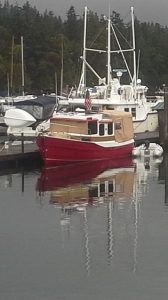
Caroline

